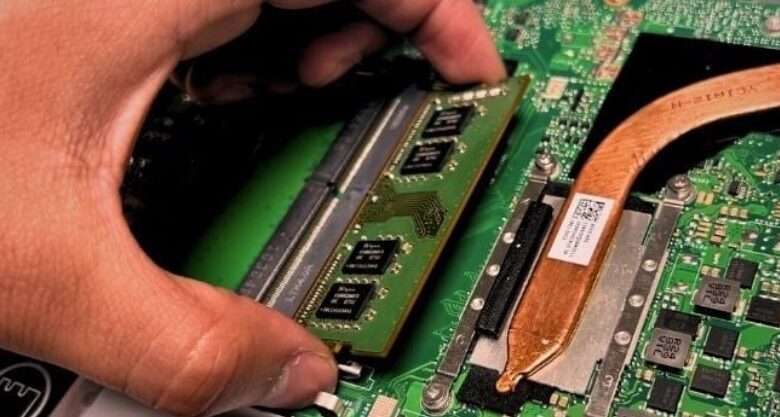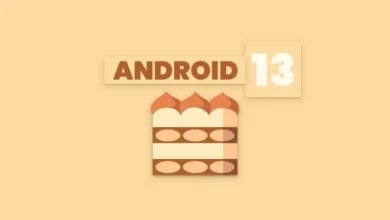
Problems with the software and hardware of a computer might cause it to gradually grow slowly over time. Nonetheless, there are circumstances in which your device’s performance may suddenly deteriorate and it may begin to lag.
Why is My Computer Slow Now
It all boils down to the reality that your computer has a restricted amount of RAM that is available, a CPU that has limited processing capabilities, and a disk that reads and writes data at a slow rate. It is necessary for it to distribute these resources among all of the processes that are currently running on your system.
If one or more processes on your computer are hoarding resources, then the performance of your computer as a whole will suffer since the system will be unable to meet the demands of the other processes. Having said that, there are a number of other elements that contribute to this problem, all of which I will explore in this essay.
Defragment Hard Disk Drives
Hard disk drives, abbreviated as HDDs, are magnetic disks that store data on their platters in a sector-by-sector fashion. At the time when the platters are spinning, the data is read from the sectors by a read/write head.
So, all of the data that is necessary for a particular operation is fragmented and dispersed over numerous sectors in a variety of locations. Because any read-or-write action on the device will take the device a significant amount of time to complete, the performance of your system will suffer significantly, also known as lag. It’s possible that you won’t become aware of this problem until it reaches a specific threshold.
In order to avoid problems of this nature, you should defragment your hard drives on a regular basis.
- Open Run by pressing the Windows key + R.
- Type
dfrguiand press Enter to open Disk Defragmenter. - Select the Hard disk drive and click Optimize.
End Background Processes
Aside from the processes that run at launch, there is a possibility that some applications that you open and then exit will not terminate fully because they will continue to operate in the background. Thus, you need to search for these programs and correctly terminate them in order to avoid them from consuming up your system’s resources.
- Press Ctrl + Shift + Esc to open the Task Manager.
- Look for any unnecessary apps under Apps and Background processes.
- Select them and click End Task.
- Then, check if some individual processes are hogging a lot of CPU, Memory, or Disk resources.
- If it’s a web browser, chances are you have a lot of tabs open or many browser plugins. Close the unnecessary tabs and disable all plugins you don’t need currently in such cases.
- If it is an Antivirus process like Antimalware Service Executable, it is likely running a background scan. So, you should just leave it as it is and wait for the process to complete.
- For any other apps, try looking for causes for their high usage as well as the relevant solutions on our website or the internet.
Scan and Remove Malware
Memory and processor resources on your computer could be used up if your system is infected with a virus or other malicious software that uses your computer as a host. Because of this, it is unable to dedicate sufficient resources to other tasks, which ultimately results in a sudden slowdown of your computer. So, you should run a scan and get rid of these risks as quickly as you can.
- Open Run.
- Type
ms-settings:windowsdefenderand click OK to launch Windows Security. - Select Virus & threat protection and click on Scan options.
- Check the Full scan and hit Scan now.
Upgrade Hardware Components
In spite of the fact that the performance of your system will suffer a slow and steady decline as a result of the progressive deterioration of its hardware components, these problems might occasionally arise suddenly as a result of power outages or physical damage. Your computer may begin to run more slowly without displaying any warning indications if this occurs.
You can verify this information with absolute certainty by using any hardware diagnostic tools that you may possess. The next step is to change out any faulty components, such as the storage drive or the RAM.
In addition, if you currently use a hard disk drive (HDD), you should switch to a solid-state drive (SSD) as soon as possible because SSDs provide a significant improvement in performance. The addition of RAM also contributes to the provision of additional memory resources for the computer.




